Secrets to Lychee Success: A Growing Guide
Unlock the fascinating world of lychee cultivation with this comprehensive guide. Discover expert tips, tricks and time-tested techniques to ensure a bountiful lychee harvest. From climatic requirements to soil preparation, pest management to harvesting, this article equips you with invaluable knowledge for successful lychee farming.
The lychee, a tropical delight, has captivated palates worldwide with its unique flavor and alluring aroma. While many of us relish the opportunity to indulge in this exotic fruit, the process of cultivating lychees remains shrouded in mystery for many. In this comprehensive guide, we’ll unravel the secrets that underpin successful lychee farming, enabling you to embrace the art of nurturing these delectable gems.
Here’s a short information chart about Lychee:
| Attribute | Information |
|---|---|
| Botanical Name | Litchi chinensis |
| Common Name | Lychee |
| Plant Type | Tropical evergreen tree |
| Zones | Typically grown in Zones 10-11 |
| Sun Exposure | Full Sun to Partial Shade |
| Soil Type | Well-draining, Loamy |
| Watering | Moderate |
| Growth Habit | Upright, spreading canopy |
| Height/Spread | Can reach up to 30-40 feet tall, Spread varies |
| Special Features | Small, sweet, fragrant fruits |
Understanding the Lychee’s Origins and Climatic Needs
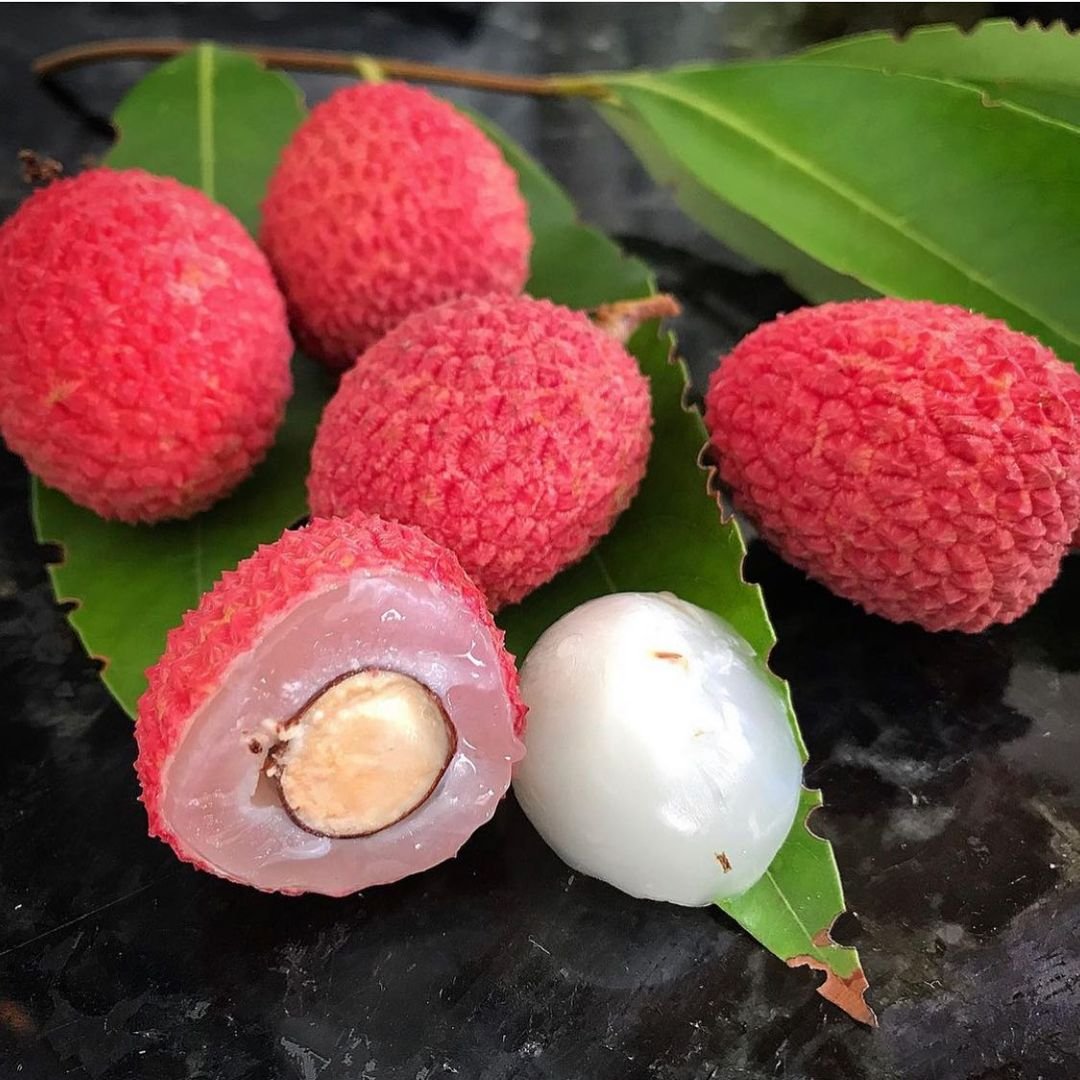
Originally native to the regions of southern China and Southeast Asia, the lychee (Litchi chinensis) has found its way into tropical and subtropical regions worldwide. This evergreen tree thrives in warm, humid climates, preferring temperatures ranging from 68°F to 95°F (20°C to 35°C) throughout the year. Lychees require a distinct dry and cool period during winter to initiate flowering, followed by a warm, humid growing season for fruit development.
Choosing the Ideal Planting Site
Selecting the perfect planting site is crucial for lychee cultivation. These trees flourish in well-drained, sandy loam soils with a slightly acidic to neutral pH range of 5.5 to 7.0. Avoid areas with heavy clay soils or poor drainage, as lychees are susceptible to root rot in waterlogged conditions. Additionally, ensure the planting site receives ample sunlight, as lychees require at least six to eight hours of direct sunlight daily for optimal growth and fruiting.
Soil Preparation and Planting
Proper soil preparation is the foundation for a thriving lychee orchard. Before planting, incorporate organic matter, such as well-rotted compost or aged manure, into the soil to improve drainage and nutrient availability. Dig planting holes that are twice as wide and deep as the root ball, allowing for unrestricted root growth.
When planting, gently loosen the root system and place the tree in the hole, ensuring the graft union (if applicable) remains above the soil line. Backfill the hole with the amended soil, firmly tamping it down to eliminate air pockets. Stake the young trees to provide support and prevent wind damage during the establishment phase.
Irrigation and Fertilization
Lychees have moderate water requirements, appreciating consistent moisture throughout the growing season. Avoid overwatering, as this can lead to root rot and other fungal diseases. Implement a drip irrigation system or use soaker hoses to deliver water directly to the root zone, minimizing water loss through evaporation.
Fertilization plays a vital role in promoting vigorous growth and bountiful yields. Apply a balanced fertilizer formulated for fruit trees, following the manufacturer’s recommendations. Organic fertilizers, such as compost or well-aged manure, can also be incorporated to provide a slow-release source of nutrients.
Pruning and Training
Proper pruning and training techniques are essential for maintaining the overall health and productivity of lychee trees. During the first few years, focus on developing a strong central leader and well-spaced scaffold branches. Remove any suckers or water sprouts that emerge from the trunk or main branches.
Once the tree matures, annual pruning is recommended to remove dead, diseased, or crowded branches, allowing for better air circulation and sunlight penetration. Thinning the canopy can also help improve fruit size and quality.
Pest and Disease Management
Like any crop, lychees are susceptible to various pests and diseases that can compromise their health and yield. Common pests include mealybugs, scale insects, and fruit-boring moths, while diseases such as leaf scorch, anthracnose, and root rot can also pose threats.
Implement an integrated pest management (IPM) approach, combining cultural, biological, and chemical control methods when necessary. Regularly monitor your lychee trees for signs of pests or diseases, and take prompt action to address any issues. Encourage beneficial insects, such as ladybugs and lacewings, by incorporating companion plants and avoiding broad-spectrum pesticides.
Harvesting and Post-Harvest Handling
Knowing when to harvest your lychees is crucial to ensure optimal flavor and quality. Ripe lychees will develop a deep red or pinkish-red color and become slightly soft to the touch. Gently twist or clip the fruit clusters from the tree, taking care not to damage the branches or next year’s fruit buds.
After harvesting, handle the lychees with care to prevent bruising and ensure longevity. Store them in a cool, well-ventilated area or refrigerate to extend their shelf life. Proper post-harvest handling techniques, such as sorting, grading, and packaging, can also enhance the marketability of your lychee crop.
Embrace the Lychee Legacy
Cultivating lychees is an art form that requires patience, dedication, and a deep understanding of their unique requirements. By following these time-tested techniques and embracing the lychee’s legendary heritage, you can embark on a journey that yields delicious rewards. Whether you’re a seasoned farmer or a passionate home gardener, unlocking the secrets of successful lychee growth will open doors to a world of tropical indulgence and horticultural mastery.

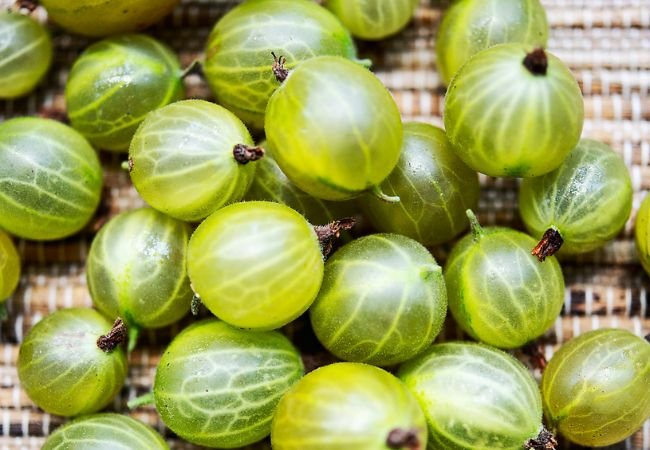
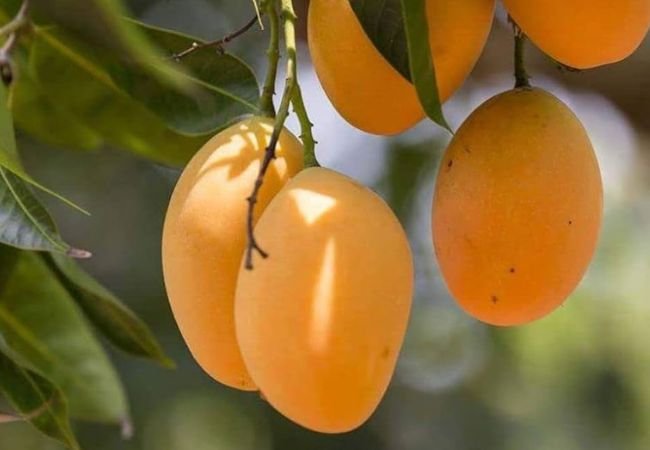
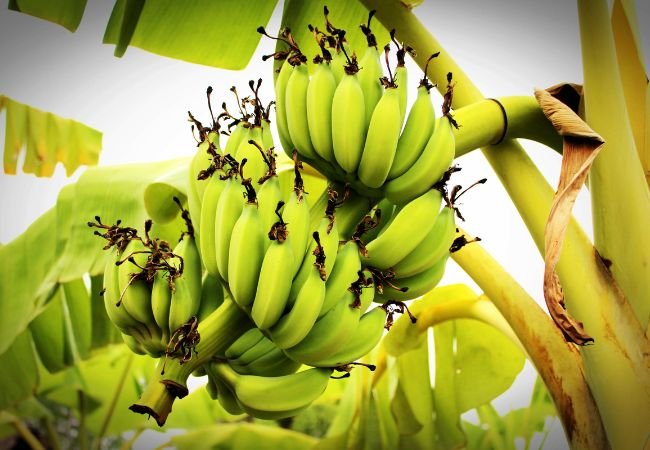
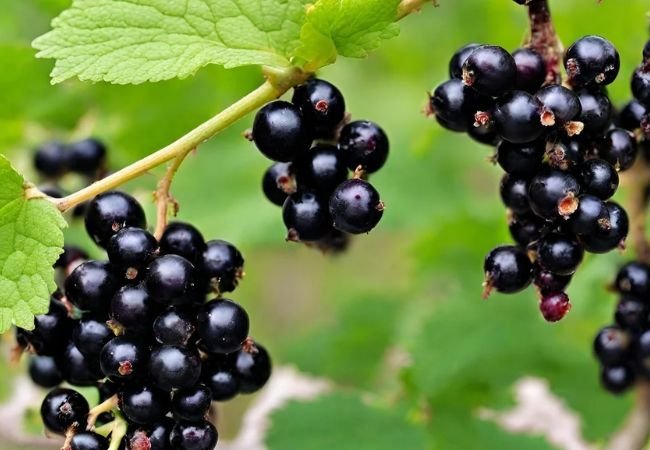
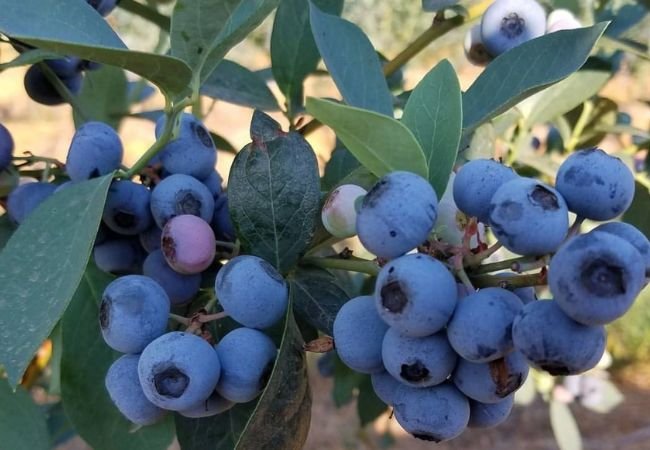
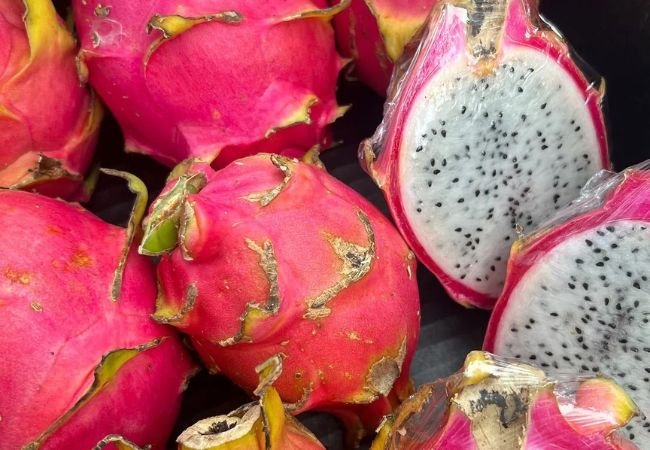
2 Comments